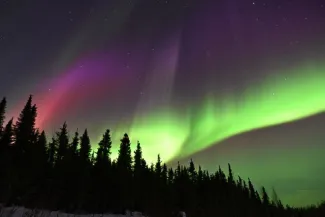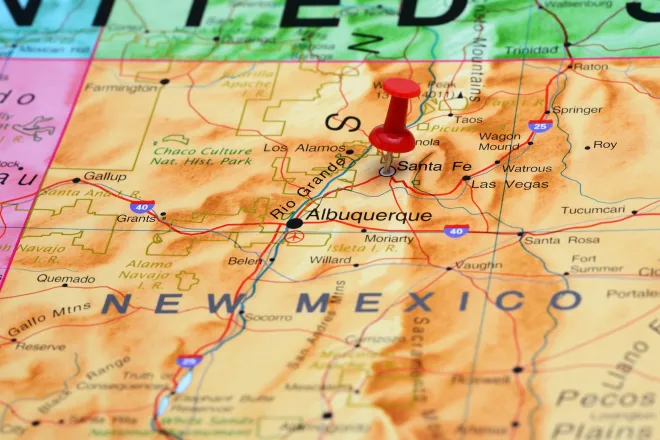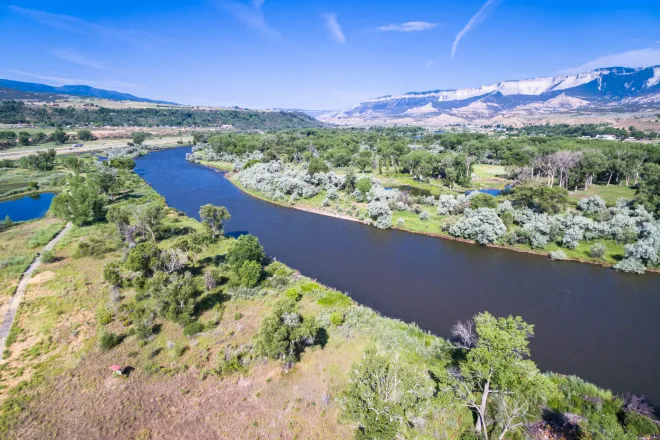
EarthTalk - Is it true the northern lights will be more intense over the next 50 years?
©
Dear EarthTalk:
Is it true the northern lights will be more intense over the next 50 years, and if so, why? Will this have any negative effect on our environment?
H. Binger, via e-mail
The northern lights are considered one of nature's most spectacular displays. These lights are mainly seen from high-latitude areas near the Arctic and occur when the Sun releases charged particles during solar winds. These particles move closer to Earth, and are drawn toward its magnetic poles and collide with oxygen and nitrogen atoms. When these atoms return to their regular state, they create these lights.

©
Scientific observations have pointed to more intense northern lights occurring in the next several decades, due to increased solar activity. In its 11-year cycle, the Sun transitions between low and high activity periods, or solar minimum and maximum. Because the sun is currently nearing its solar maximum, the efflux of solar energy leads to more recurring, stronger flares that interact with Earth’s atmosphere and create heightened auroras. “During solar geomagnetic storms, there’s a lot more of these energetic charged particles in the space around Earth, so we see a brightening of the northern lights and the region over which you can see them spreads out to include places like the lower 48 states that usually don’t see this display,” says Scott England, a professor at Virginia Tech.
Through geomagnetic storms, auroras can also heat the Earth’s upper atmosphere, causing it to expand and potentially increase atmospheric drag on satellites. The influx of energized particles can also cause disturbances in the ionosphere that lead to signal loss and issues in radio communication and GPS systems. Moreover, as a result of climate change, increasing cloud cover and weather changes, auroras may also decrease in visibility, even if they occur more frequently. Geomagnetic storms can induce electrical currents that damage power lines and have implications for the power grid, including blackouts. Increased aural activity may also cause decreased efficiency in long-distance and emergency communications because of its disruptive effects on high-frequency radio signals.
The U.S. Geological Survey reports that a severe solar storm could disrupt the nation’s power grid for months, potentially leading to widespread blackouts. The resulting damage and disruption from such an event could cost upwards of $1 trillion, with a full recovery taking months if not years.
To combat the implications of intense northern lights, government agencies can improve protections in power grids and warning systems that caution against solar storms. Infrastructure companies can also build radiation-resistant satellites that remain in orbit and avoid polar routes during high solar activity.
CONTACTS
- Get Ready For 50 Years Of Intense Northern Lights, Scientists Say, forbes.com/sites/jamiecartereurope/2025/05/09/get-ready-for-50-years-of-intense-northern-lights-scientists-say/
EarthTalk® is produced by Roddy Scheer & Doug Moss for the 501(c)3 nonprofit EarthTalk. See more athttps://emagazine.com. To donate, visit https://earthtalk.org. Send questions to: question@earthtalk.org.

















